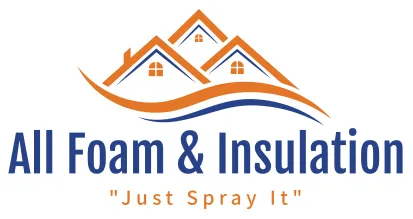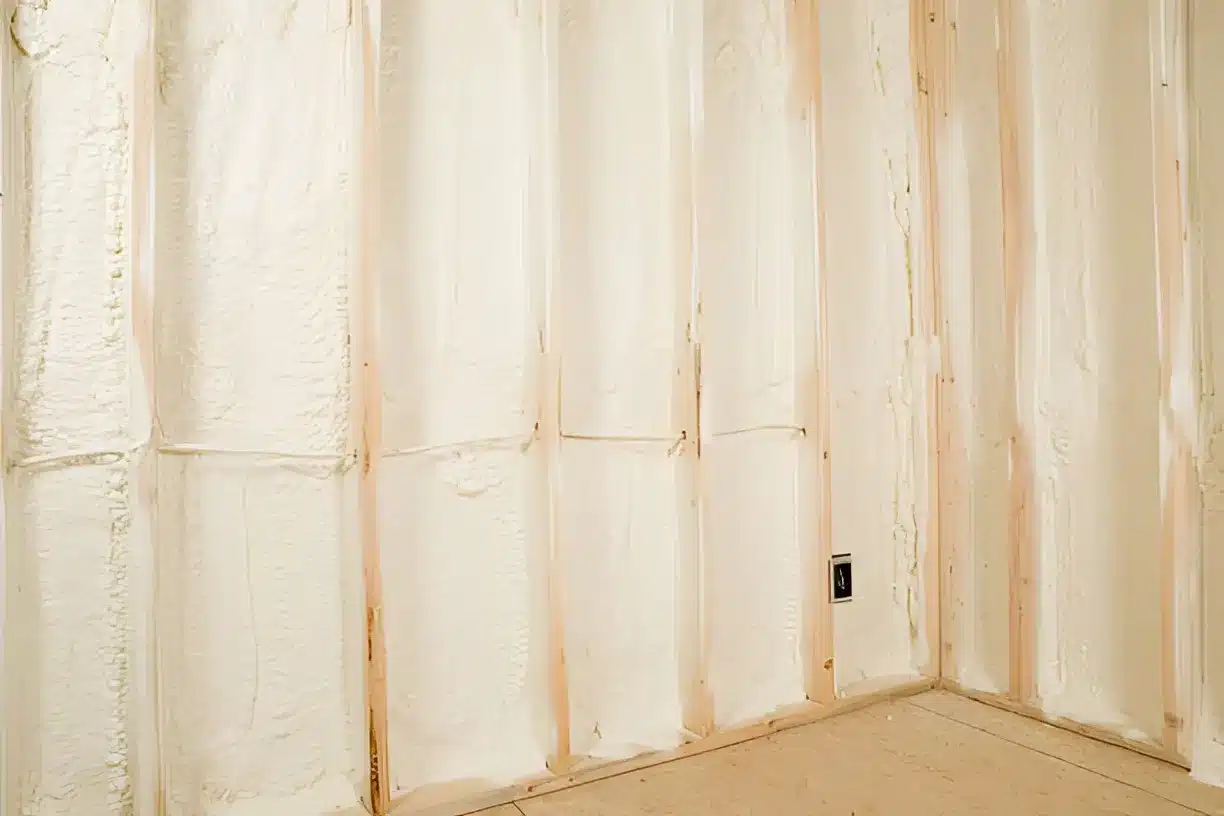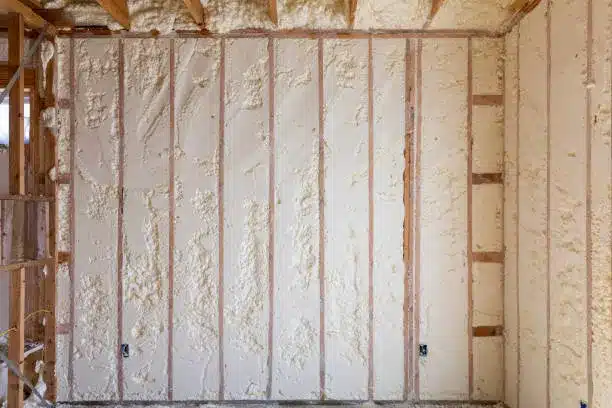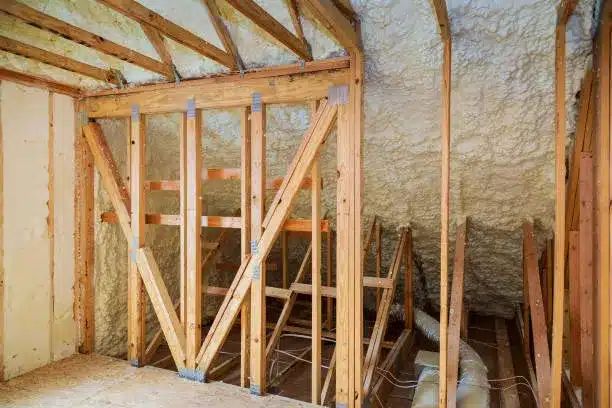Closed-cell spray foam proves optimal for specific applications requiring maximum thermal performance, moisture resistance, and structural enhancement. The decision hinges on your building’s climate exposure, moisture challenges, and performance requirements versus budget constraints.
This insulation type delivers superior R-values, creates an impermeable vapor barrier, and adds structural integrity to building components. However, determining suitability requires evaluating multiple factors including application area, environmental conditions, and long-term performance expectations. Professional assessment ensures optimal material selection for your specific circumstances.
Drawing from extensive field experience across diverse building types and climate conditions, this comprehensive analysis examines critical decision factors, performance characteristics, and practical considerations for closed-cell spray foam applications.
Understanding Closed-Cell Spray Foam Performance
Closed-cell spray foam consists of tiny, sealed cells that trap gas bubbles within the foam structure. This cellular composition creates exceptional insulation properties while providing structural benefits unavailable in other insulation materials.
The material expands approximately 30 times its liquid volume during application, filling gaps and creating continuous thermal barriers. This expansion characteristic enables complete coverage around irregular surfaces, pipes, and structural elements that challenge traditional insulation methods.
Bonus Tip: Temperature during application significantly affects foam performance. Optimal substrate temperatures range between 60-80°F for proper adhesion and cellular structure development.
Performance Characteristics Comparison
| Property | Closed-Cell Spray Foam | Open-Cell Spray Foam | Fiberglass Batt | Blown-In Cellulose |
|---|---|---|---|---|
| R-Value per inch | 6.0-7.0 | 3.5-4.0 | 3.2-3.8 | 3.6-3.8 |
| Vapor Permeability | 0.8-1.5 perms | 7-16 perms | 1.0+ perms | 1.0+ perms |
| Air Infiltration Control | Excellent | Good | Poor | Fair |
| Moisture Resistance | Excellent | Poor | Poor | Poor |
| Structural Enhancement | Yes | No | No | No |
Technical Specifications and Properties
| Specification | Closed-Cell Spray Foam Value | Industry Standard |
|---|---|---|
| Density | 1.7-2.0 lb/ft³ | ASTM D1622 |
| Compressive Strength | 25-50 psi | ASTM D1621 |
| Adhesion Strength | >40 psi | ASTM D4541 |
| Thermal Conductivity | 0.022-0.026 BTU·in/hr·ft²·°F | ASTM C518 |
| Flame Spread Index | <25 | ASTM E84 |
| Smoke Development | <450 | ASTM E84 |
According to the North American Insulation Manufacturers Association, closed-cell spray foam accounts for approximately 3% of the residential insulation market, with applications growing 15% annually in moisture-prone regions.
Climate-Specific Applications
Different climate zones demand varying insulation strategies. Closed-cell spray foam excels in specific environmental conditions where moisture control and thermal performance requirements exceed standard insulation capabilities.
Hot, Humid Climates: The vapor-impermeable nature prevents moisture infiltration that leads to mold growth and structural damage. Applications in basement walls, crawl spaces, and below-grade areas benefit significantly from closed-cell properties.
Cold Climates: Superior R-value performance reduces heating costs while preventing ice dam formation. The structural enhancement helps buildings withstand freeze-thaw cycles that compromise traditional insulation systems.
Mixed Climates: Versatility across seasonal temperature swings makes closed-cell foam suitable for applications requiring year-round performance consistency.
Bonus Tip: In flood-prone areas, closed-cell spray foam maintains insulation properties even after water exposure, unlike traditional materials that require replacement after moisture events.
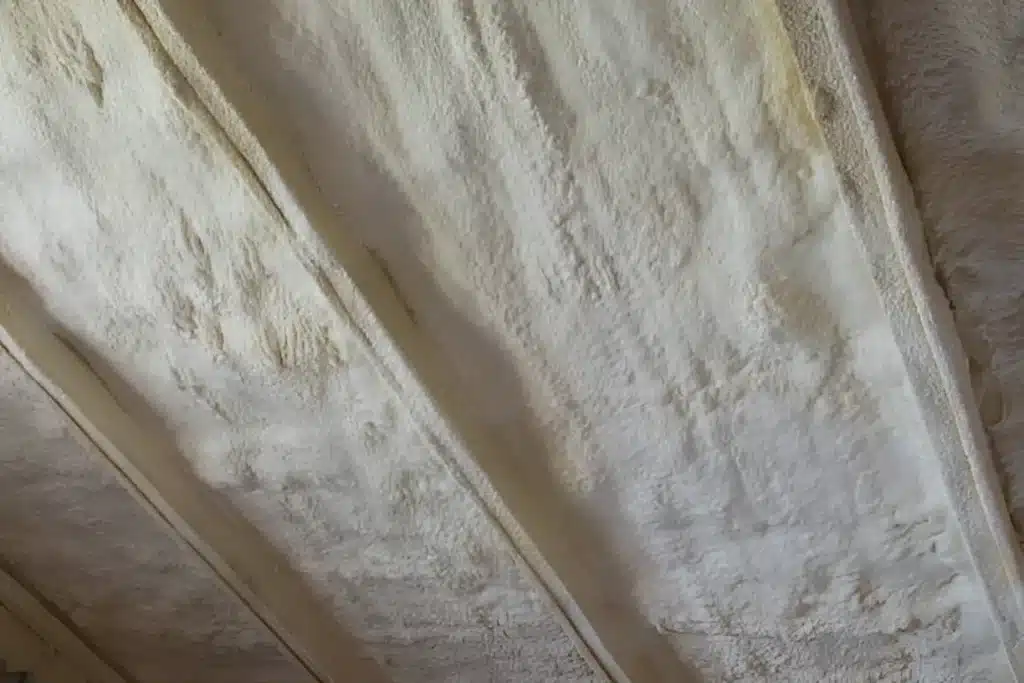
Installation Requirements and Considerations
Professional installation ensures optimal performance and safety compliance. The application process requires specialized equipment, proper ventilation, and temperature control for successful foam development.
Surface preparation significantly impacts adhesion quality. Substrates must be clean, dry, and within specified temperature ranges. Contamination from oils, dust, or moisture creates adhesion failures that compromise long-term performance.
Multiple-pass applications achieve desired thickness while maintaining proper cellular structure. Single thick applications often result in thermal bridging and reduced R-value performance.
Things to Consider Before Making a Decision
Budget allocation represents the primary decision factor for most projects. Closed-cell spray foam costs approximately 2-3 times more than traditional insulation materials, requiring careful cost-benefit analysis.
Application area suitability determines material effectiveness. Closed-cell foam performs exceptionally in specific locations but may be unnecessary for standard wall cavities in moderate climates.
Building code compliance varies by region and application. Some jurisdictions require thermal barriers or specific fire-resistance ratings that affect material selection and installation methods.
Existing building conditions influence installation feasibility. Retrofit applications may require additional preparation work that affects project timelines and costs.
Long-term performance expectations should align with building usage patterns. High-performance applications justify premium material costs, while basic thermal requirements may not warrant the investment.
Professional Spray Foam Services Available
All Foam & Insulation, LLC provides comprehensive spray foam solutions tailored to specific building requirements and performance objectives.
Closed-Cell Spray Foam: Complete thermal barrier systems for maximum R-value performance and moisture control in demanding applications.
Open-Cell Spray Foam: Cost-effective insulation solutions for interior applications requiring sound dampening and thermal performance.
Membrane Roofing: Seamless roofing systems that complement spray foam insulation for complete building envelope protection.
Blown-In Insulation: Retrofit solutions for existing buildings requiring improved thermal performance without major renovation work.
Common Questions About Closed-Cell Spray Foam Selection
When does closed-cell foam justify the additional cost?
Applications requiring moisture resistance, structural enhancement, or maximum thermal performance in limited space constraints benefit most from closed-cell properties.
What maintenance requirements exist for spray foam systems?
Properly installed closed-cell foam requires minimal maintenance beyond periodic visual inspections for physical damage or gaps.
How does foam performance change over time?
Quality closed-cell foam maintains thermal properties for the building’s lifetime, with minimal degradation compared to traditional materials.
Can spray foam applications be modified after installation?
Modifications require complete removal and reapplication, making initial design accuracy crucial for long-term satisfaction.
Research from the Department of Energy indicates that spray foam insulation can reduce energy consumption by 20-50% compared to traditional insulation methods, with closed-cell applications showing the highest performance improvements.
Determining Your Optimal Insulation Strategy
Moisture management requirements drive many closed-cell foam decisions. Buildings with basement applications, crawl spaces, or below-grade walls typically benefit from vapor-impermeable properties that prevent moisture infiltration.
Space constraints favor closed-cell applications where maximum R-value performance is required within limited cavity depths. Cathedral ceilings, thin walls, and retrofit applications often justify the premium cost through superior thermal performance.
Bonus Tip: Consider future modification plans when selecting insulation types. Closed-cell foam creates permanent installations that resist removal, while other materials allow easier access for electrical or plumbing changes.
Making the Right Choice for Your Project
Closed-cell spray foam delivers exceptional performance for specific applications requiring maximum thermal efficiency, moisture control, and structural enhancement. The decision requires balancing performance benefits against cost considerations and application requirements.
Evaluate your building’s specific challenges, performance objectives, and budget constraints. Professional assessment ensures optimal material selection that delivers long-term value and performance satisfaction.
Get Expert Guidance for Your Insulation Project
Selecting the right insulation strategy requires understanding your building’s specific requirements and performance objectives. Professional evaluation ensures optimal material selection that delivers long-term value and efficiency.
All Foam & Insulation, LLC brings extensive experience in spray foam applications across diverse building types and climate conditions. Our team provides comprehensive assessments that identify optimal insulation solutions for your specific needs.
Contact [email protected] or call (541) 826-9600 to discuss your project requirements and receive expert guidance on closed-cell spray foam applications. Professional consultation ensures informed decisions that maximize performance and investment value.
Answers to Your Spray Foam Questions
Does closed-cell spray foam provide structural benefits?
Yes, closed-cell spray foam adds structural integrity by increasing wall shear strength and helping buildings resist wind loads. The adhesion creates composite action between foam and structural elements.
What ventilation requirements exist during installation?
Professional installation requires complete building evacuation and proper ventilation systems. Occupants should remain away from the building for 24-48 hours after application completion.
How does spray foam perform in extreme temperature conditions?
Closed-cell spray foam maintains thermal properties across temperature ranges from -40°F to 200°F, making it suitable for most building applications without performance degradation.
Can spray foam be applied over existing insulation?
Application over existing insulation depends on material condition and compatibility. Moisture-damaged or compressed insulation typically requires removal for optimal spray foam performance.
What fire-resistance properties does closed-cell foam provide?
Closed-cell spray foam requires thermal barriers in most residential applications. The material itself has flame spread ratings that meet building codes when properly installed with appropriate barriers.

